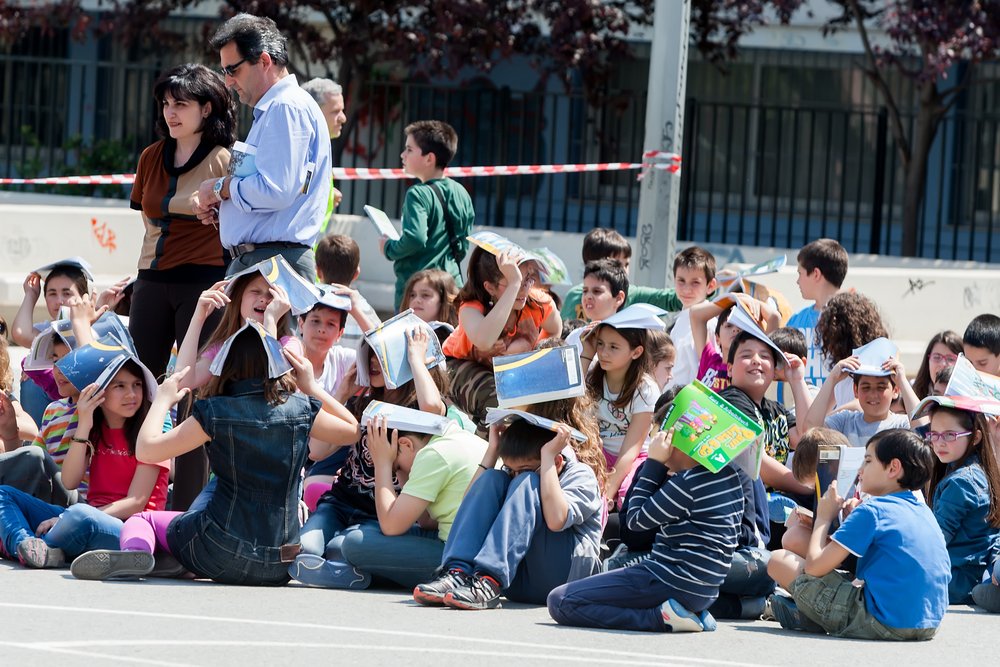
Critical Incidents
Education
Although schools are typically viewed as safe spaces, there are instances when traumatic events disrupt this safety, instilling profound fear among students, teachers, and parents alike. In such situations, the impact on the school community can be both immediate and far-reaching, unfolding rapidly.
Swift and effective intervention in these scenarios is crucial, as it can significantly expedite the recovery process for everyone affected by the trauma.
The following are some examples of critical incidents that have taken place in school settings:
Serious injury or illness of a student
Serious injury or illness of a teacher
Serious injury or illness of support personnel
Serious injury or illness of a parent or other family member
Threat of assault/assault on a teacher or student
Witnessing any traumatic event
Attempted homicide
Completed suicide
Self-harm - e.g. cutting
Suspected/actual child abuse
Active shooter
Power disruption
Hysterical/demanding parents
Suspected/actual sexual exploitation of a student
False accusation of exploitation of a student
Kidnapping
Earthquake
Tornado
Flooding
Civil disturbance/riots
Biological event
Radiological event
Incendiary event
Chemical event
Explosives event
Other acts of terrorism
If there's uncertainty about exposure to a critical incident within your organization, it is recommended to seek a consultation with Dr. Brown. He can assist in evaluating the incident and advising on an appropriate response.
How to Start - What to Say?
The old adage, “Pain shared is pain diminished,” guides my approach to addressing human suffering, especially regarding children. I aim to provide valuable guidelines that parents and educators often find beneficial. In the aftermath of a traumatic incident, it's essential to reflect on the event and be aware of its effects on your students, children, and yourself. Here are some initial strategies to consider to assist you in this process.
Fred Rogers says the most important thing children need to know is:
They can talk about anything with you.
We will do everything to keep them safe.
Share your feelings. Encourage your kids to share how they feel and listen to them.
Keep it truthful but appropriate for the child’s age. They do not need to know the gory details.
Look for the Helpers
Rogers also says, “When I was a boy and I would see scary things in the news, my mother would say to me, ‘Look for the helpers. You will always find people who are helping.’ To this day, especially in times of ‘disaster,’ I remember my mother’s words, and I am always comforted by realizing that there are still so many helpers – so many caring people in this world.”
Managing Media Exposure: Television and Internet
In situations with widespread media coverage, it's crucial to avoid fixating on the news. Be mindful of how much television or internet news your children are exposed to. As a teacher or parent, it's important to establish age-appropriate limits. For example, it's unnecessary for a 6-year-old to be constantly exposed to graphic images or scenes of distressed children and parents. Setting these boundaries is a key part of your role.
Encourage Drawing and Writing
Drawing from my experience as a school teacher, I've observed that many children find it easier to express themselves non-verbally than verbally. Encourage your children to write or draw about their feelings. They can create cards for affected families or those who are injured, write prayers, or draw pictures to depict their emotions. This can be a therapeutic way for them to process their feelings.
Helpful Links
Helping Children Cope with National Tragedies: Tips for Families, Educators, and Caretakers
Rabbi Shmuley on Oprah’s radio show: ”Children need to know, at an early age, that although there is suffering and death in the world, there is a lot more joy and health; that for every one evil person, there are a thousand very loving people.”


